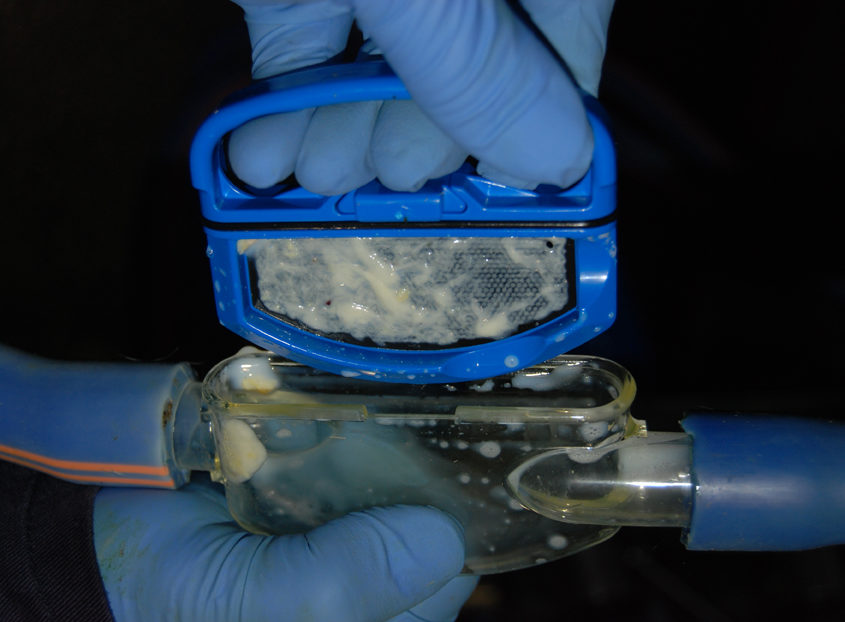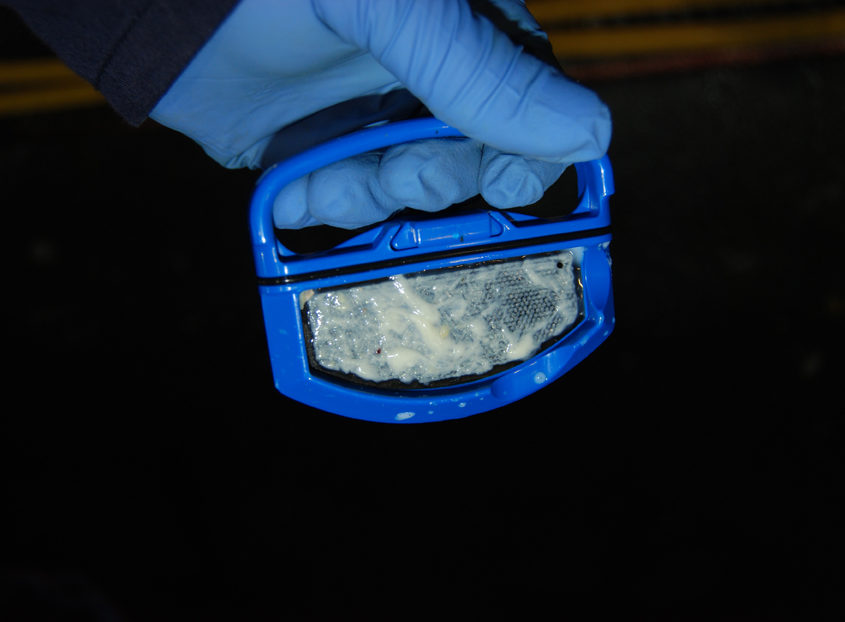Mastitis Detection
Prompt and accurate mastitis detection is essential to ensure that clinical cases are treated successfully.
Clinical mastitis is inflammation of the udder where there are changes to the milk in the form of clots, abnormal colour or any other changes to the appearance of milk. These changes will be seen in all the milk. If clots are seen in the first two or three squirts and then the milk goes clear, this is NOT clinical mastitis but a local reaction in the teat itself. You do NOT need to carry out tests such as the California Mastitis Test (CMT) to decide if a cow has clinical mastitis. If the milk appears normal then the cow does NOT have clinical mastitis.
Early identification and treatment of mastitis will result in:
- More rapid response to therapy
- Reduce the risk of cross-infection, stopping other cows picking up mastitis
- Stopping mastitis milk going into the bulk supply, protecting the bulk tank cell count and Bactoscan
- Fewer repeat cases and so fewer cows being treated
- Faster reduction in cell count
- Faster return to milk production
Not every herd strips cows before milking. In some parts of the world the milking unit is applied without any teat preparation. Some herds may just strip the high risk group like the high yielding cows. In some herds mastitis detection is delayed as milkers may not foremilk or look for clinical signs and so any way that this can be improved will be an advantage.
In-line mastitis detectors have a number of advantages:
- Pick up clots
- Trap dirt or pieces of straw which helps focus the milker on improving teat preparation
- Large detectors make it easy to see these clots
- Large volume detectors, like the Ambic Vision, should not interfere with vacuum stability or milk flow provided they are kept clean
Clots captured on a Mastitis Detector Screen
Clots captured on a Mastitis Detector Screen
It is essential that milkers check the in-line detectors after every cow is milked. In recorder jar plants they should be checked before the milk is released to the bulk tank, as if this cow has mastitis her milk can then be discarded. If there are clots in a detector, then the cow should be examined for clinical mastitis. If in doubt, she can be rechecked at the next milking.
Be aware that more and more farmers are using an internal teat sealant along with dry cow therapy. It is not uncommon for cows to shed pieces of teat sealant for the first week after calving. These may well appear as clots in the detector, but they breakdown and have a distinct feel compared to mastitis clots.
It is NOT advisable to treat a cow on the basis that there are clots in the filter alone. The cow should be stripped to check for the presence of clinical mastitis. Remember that in-line detectors are an aid to mastitis detection, they will not necessarily pick up all cases.
Click here for further details on the Vision Mastitis Detector suitable for 16 – 19 mm milk tube.
Click here for further details on the Original Mastitis Detector suitable for 12 – 13 mm milk tube.




